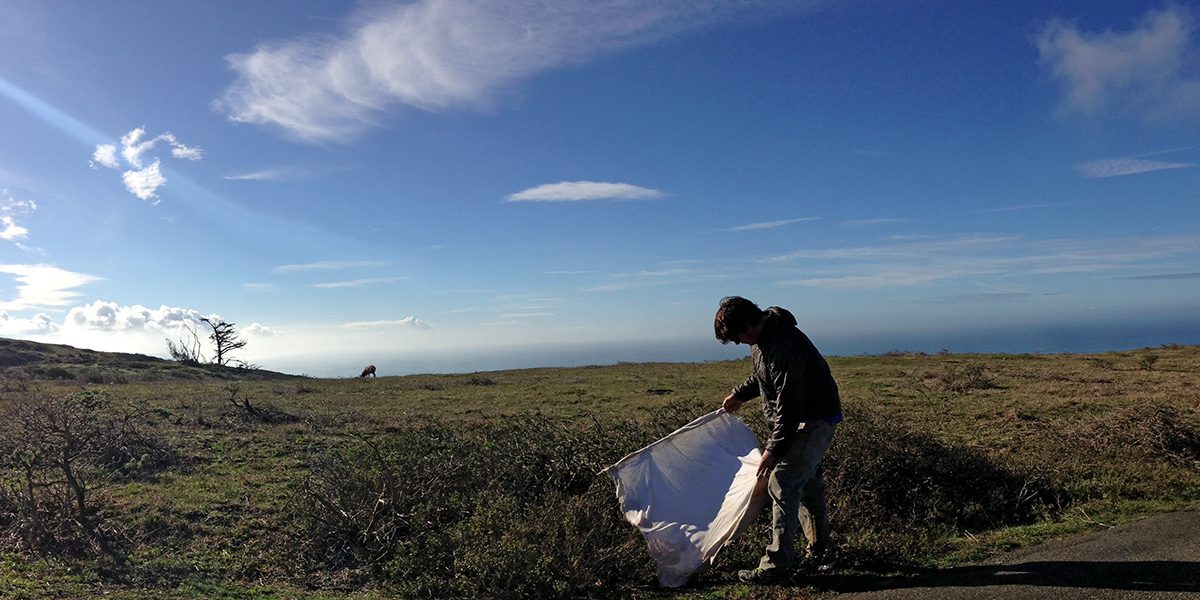
The complex interplay of ticks, their habitats and hosts — along with changes in land use and climate — may be enabling the spread of the pathogens they carry
On a warm spring day, disease ecologist Daniel Salkeld is hiking the hills of coastal scrub and chaparral of Marin County, north of San Francisco. It’s his favorite spot to collect ticks.
As he walks, he trails a white flannel blanket attached to a pole, and every 20 meters, he stops, scrutinizes the flannel and picks off any ticks that have latched on. Ticks are passive predators of blood — they wait for an unsuspecting mouse, deer or person to brush past the blade of grass they are clinging to. And luckily for the scientists who track them, they are easily fooled by wool fabric.
Salkeld tallies his haul as he walks and carefully places the ticks in vials for further examination back in his laboratory at Colorado State University. He is curious to know what areas in California are high risk or low risk for tick-borne diseases. Even when his tick count for the day is zero, “that’s a useful insight,” he says.
Elsewhere in North America and internationally, blanket-dragging tick biologists like him are uncovering an unsettling trend: Many tick species are expanding their ranges, swelling in number and picking up new pathogens that can deliver disease to people should a tick latch on and bite.
That’s reason to worry, because ticks are prodigious vectors — they bring more types of pathogens over to people from animals than any other creature. And they’re on the march. In the United States, the annual number of cases of six tick-borne diseases has roughly doubled since 2004, with most of the increase dominated by Lyme disease cases.
From a public health perspective, it’s important to know when ticks have spread to new places, says Rebecca Eisen, a research biologist focused on vector-borne bacterial diseases with the Centers for Disease Control and Prevention. “We want to make sure that people are aware that there is a risk that maybe they didn’t have as they were growing up in these communities,” she says.
[Source: Know Able Magazine]
[Image: DANIEL SALKELD]

